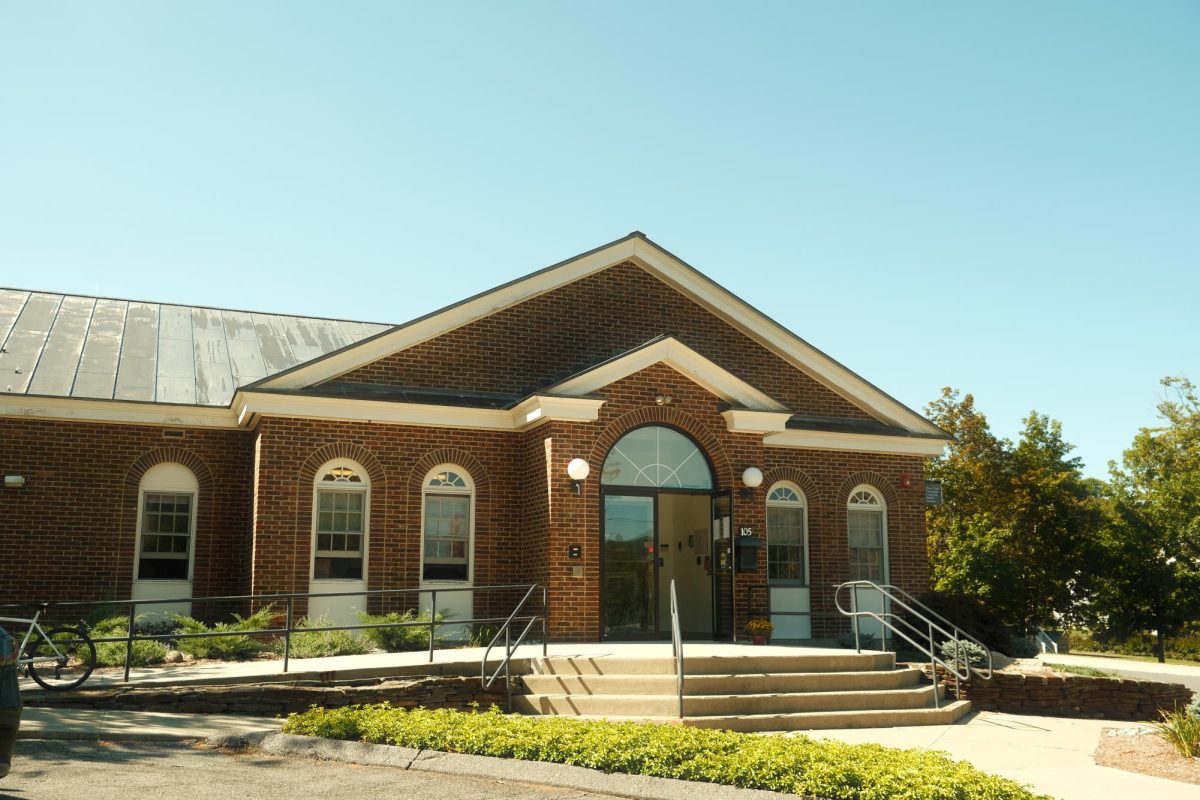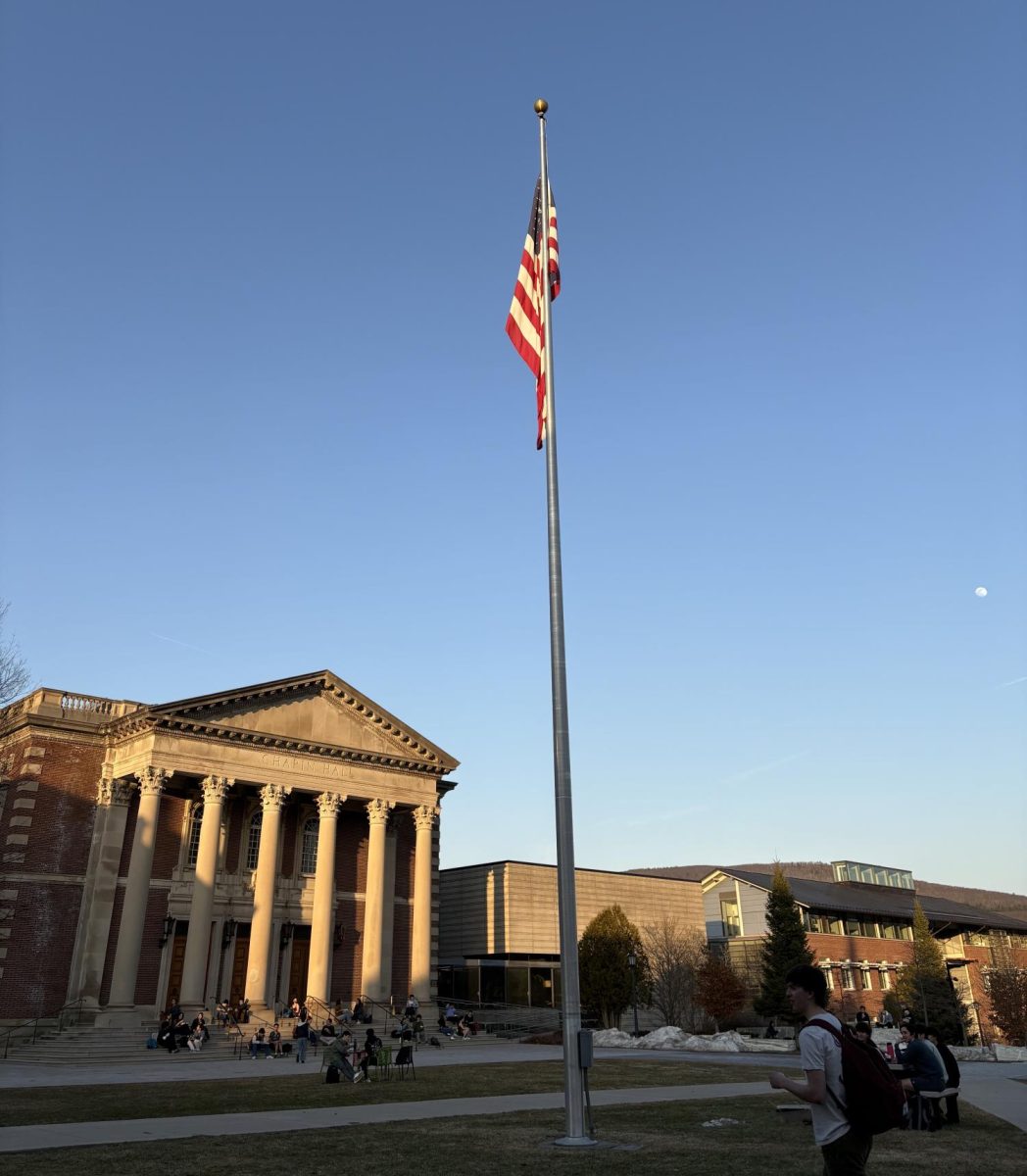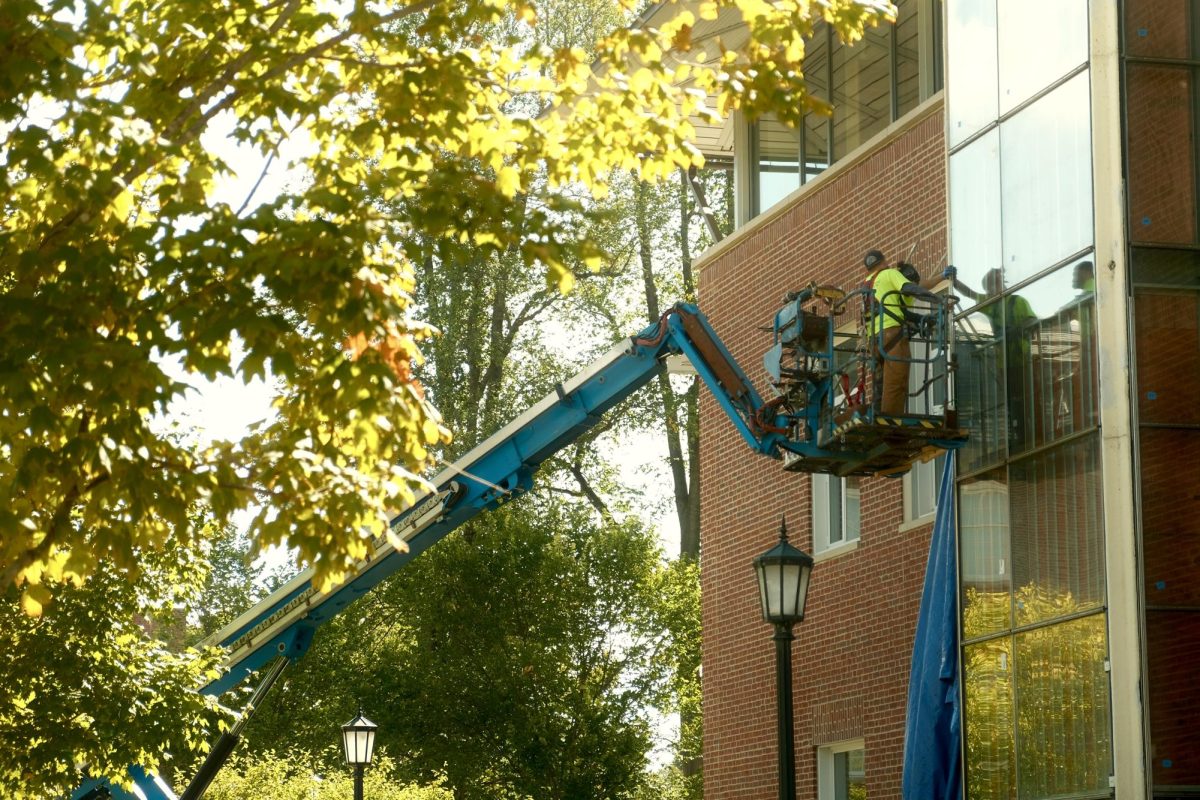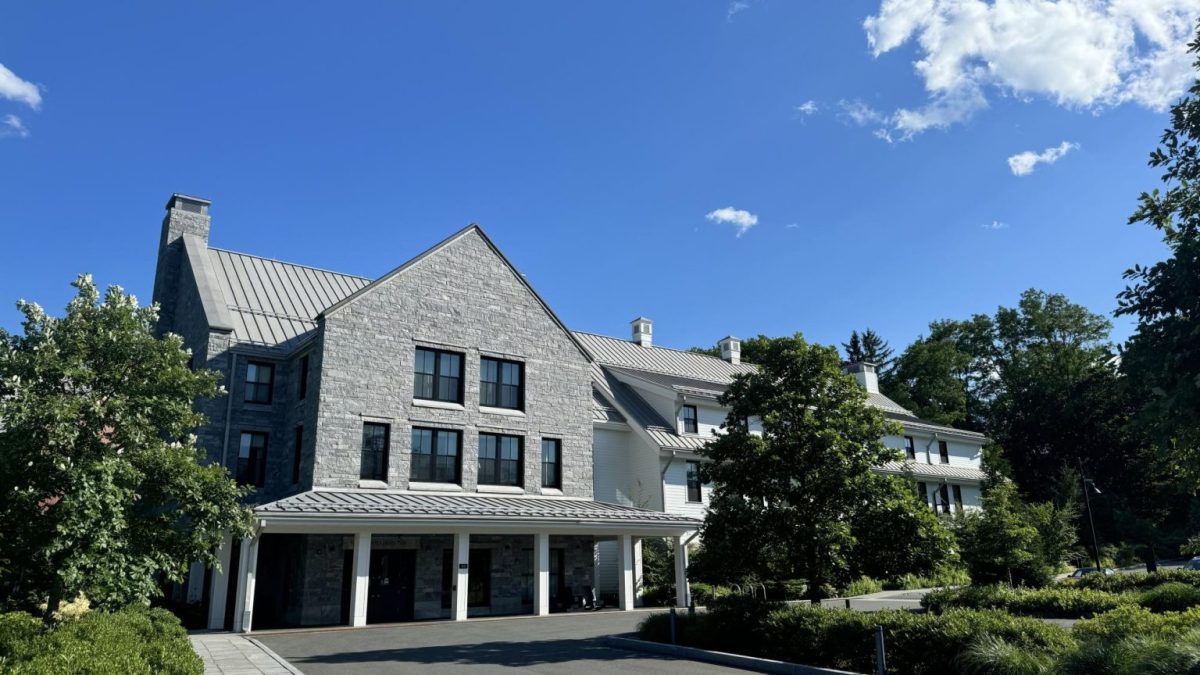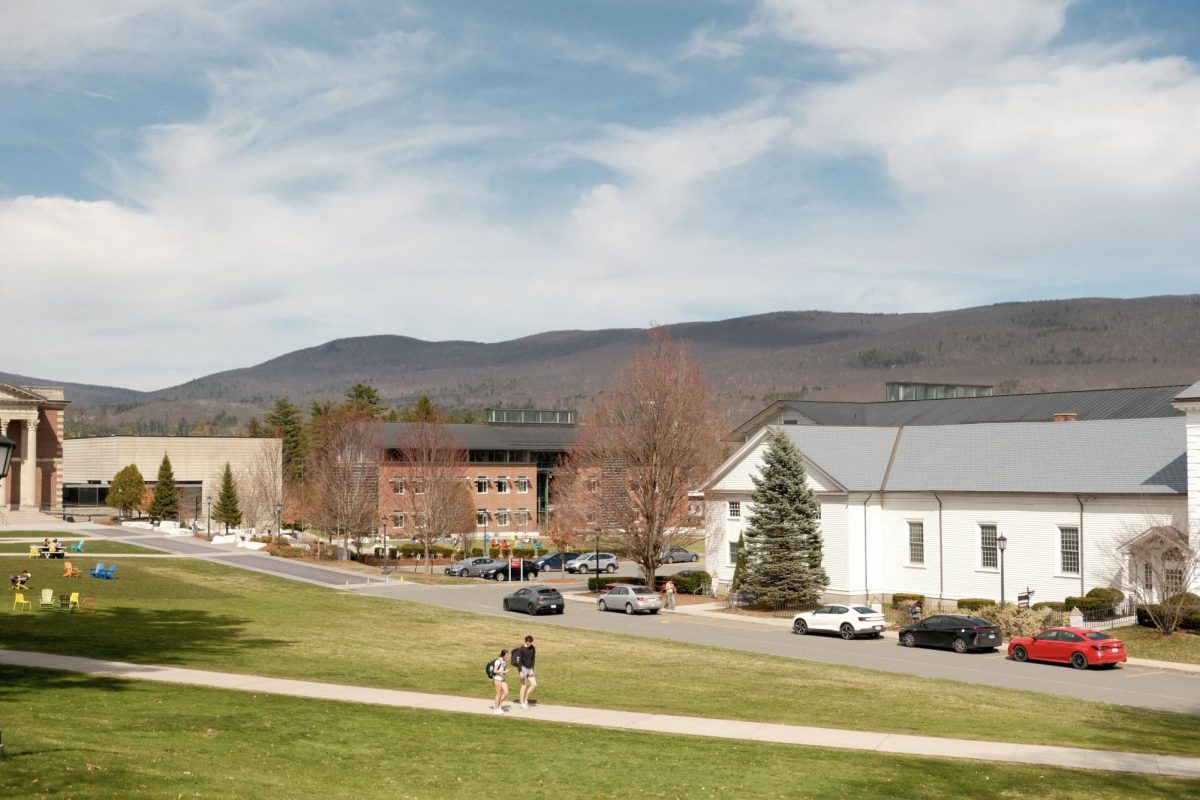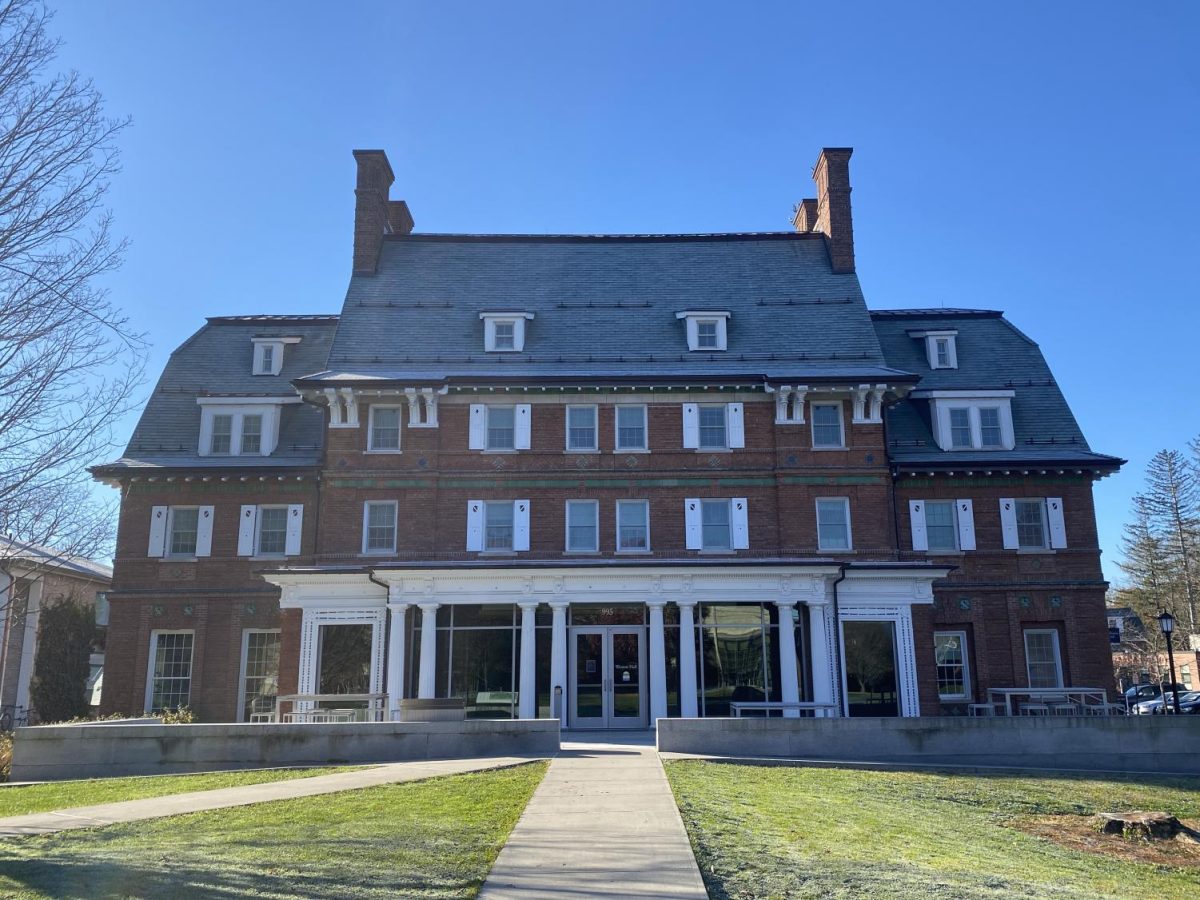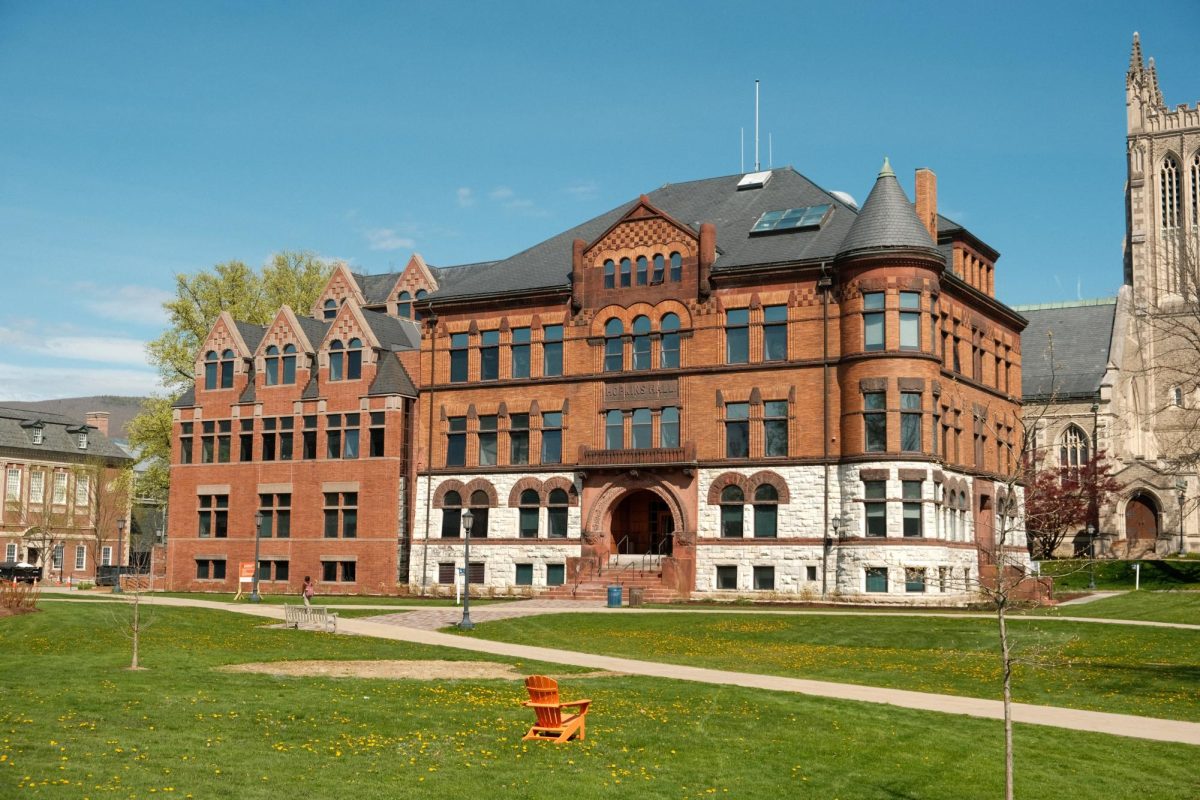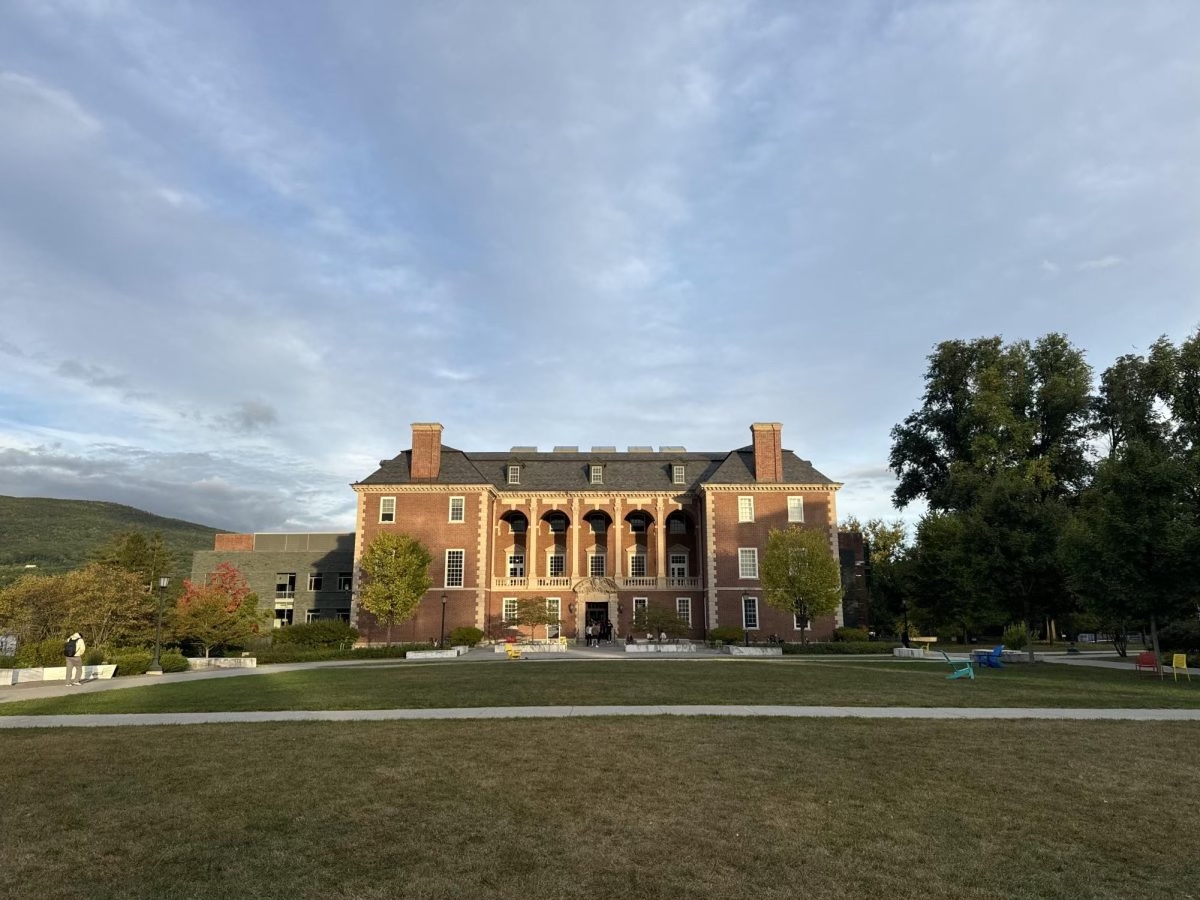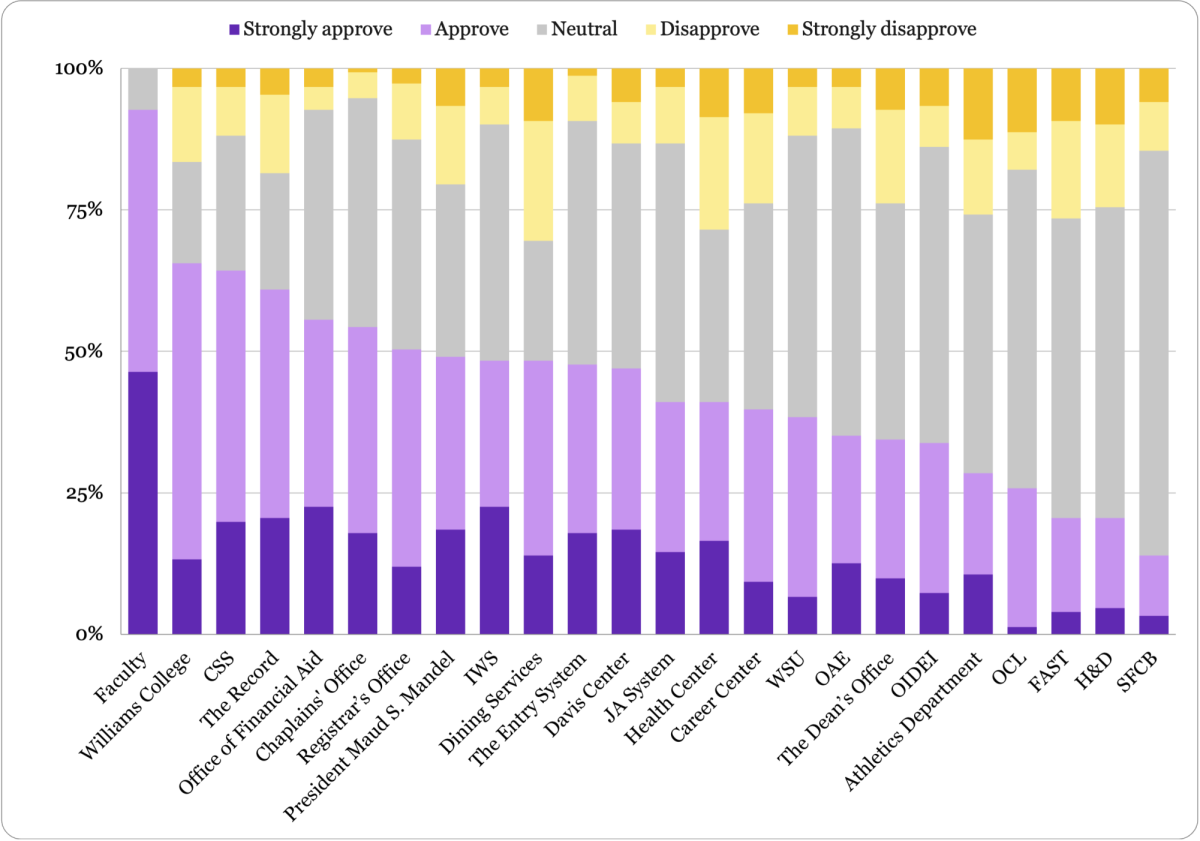Williams is once again No. 1. For the 18th year in a row, the College has been ranked the top liberal arts college in the nation by the U.S. News & World Report “Best Colleges” ranking list.
U.S. News every year provides more than 100 different rankings of various types of institutions of higher learning, though two of the most notable are “Top National Universities” and “Top National Liberal Arts Colleges.”
Although the ranking methodology changed slightly this year, the very top tier of the national liberal arts list remained more or less the same, with Amherst and Swarthmore once again in second and third place, respectively. Princeton University took the No. 1 spot for national universities.
The data collected was based on fall 2019 numbers, so any changes caused by the COVID-19 pandemic were not reflected in this year’s rankings.
U.S. News bases its rankings on a weighted average of compiled data. This year, the weight of student outcomes increased from 35 percent last year to 40 percent this year, as 5 percent has now been reserved for the average amount of debt upon graduation. ” The student outcomes category also includes metrics like graduation rates within a 6 six-year term (22 percent of the weight), performance after graduation (8 percent) and social mobility (5 percent). U.S. News explained that this was due to the fact that, in light of an estimated 1.6 trillion dollar student debt, “Affordability of college and the value of that degree after graduation … are prime concerns of prospective students and their families.
Faculty resources make up another 20 percent of the ranking, subdivided by average class size (8 percent), faculty salary (7 percent), number of faculty with the highest degree in their field (3 percent), student-to-faculty ratio (1 percent) and proportion of full-time faculty (1 percent).
Twenty percent was assigned for “expert opinion,” a weighted average of rankings from top academic administrators who rank peer schools, while 10 percent went to financial resources and expenditures and 3 percent was allocated to alumni giving rates, down from 5 percent in the previous year.
The final category, which was reduced from 10 percent to 7 percent, is student excellence, a metric which includes standardized testing (5 percent) and average high school ranking of students (2 percent).
The U.S. News rankings have received criticism in recent years. A number of publications, including The Washington Post, Forbes, and The Atlantic have taken issue with the list’s impact on the commodification of the college admissions process. They have noted that in some cases the rankings have encouraged administrators to focus too heavily on their placement by changing admissions practices or deliberately misreporting statistics. Data show that many students are more inclined to choose schools on the basis of rank rather than fit.
For many students at Williams, however, the College’s consistent No. 1 status is a point of pride, especially for those who feel that the College is not particularly well-known outside of certain circles. The list certainly plays an important role in helping enhance the College’s profile.
Jad Hamdan ’19 wrote his senior thesis on the role of the U.S. News list in expanding the relationship between the College and “low-information students.”
Hamdan acknowledged that while it is difficult to prove causality, he discovered a correlation between “students with less access to information and college guidance and those who applied to schools near the top of the list,” Hamdan said. He attributed this to the fact that students without a high level of access to resources are less likely to make application decisions based on “personal preferences,”and more likely to make decisions based on a school’s ranking.
Those expecting the College to drop down on U.S. News’ list anytime soon would likely be disappointed, as Hamdan also noted the College is particularly well-suited to scoring well on the methodology. Factors relating to the COVID-19 pandemic do have the potential to shake up the rankings in the coming years. Yet, with extremely selective admissions, high alumni engagement and an unusually large per capita endowment, it is likely that the College will continue to maintain its place at the top going forward.



